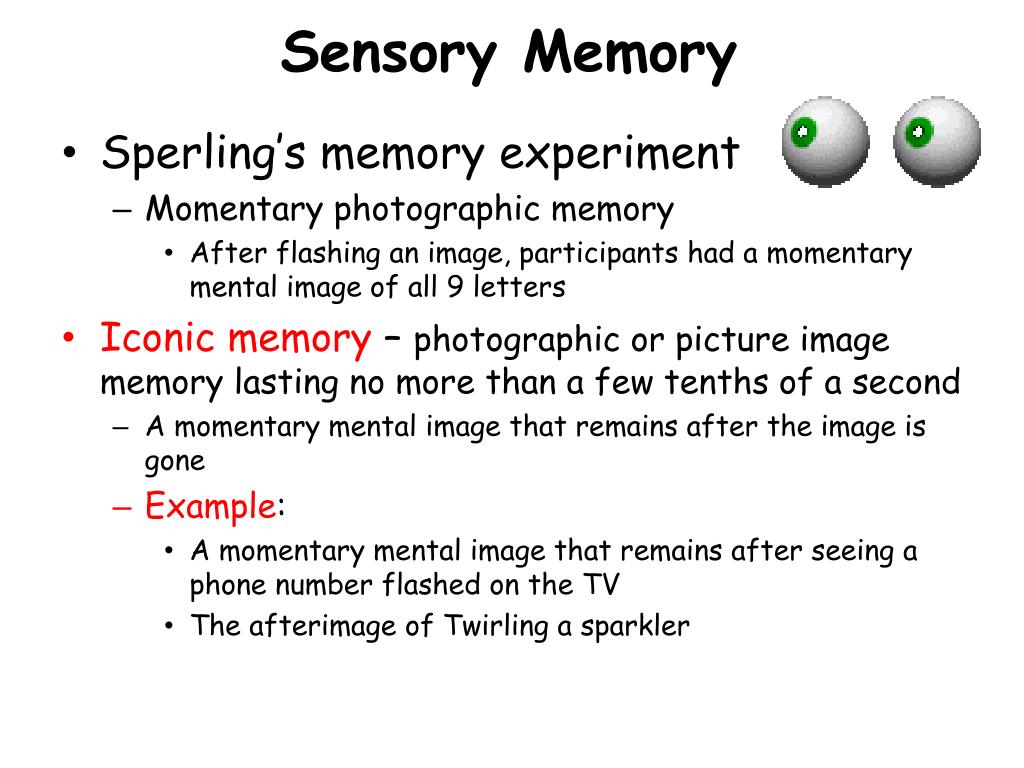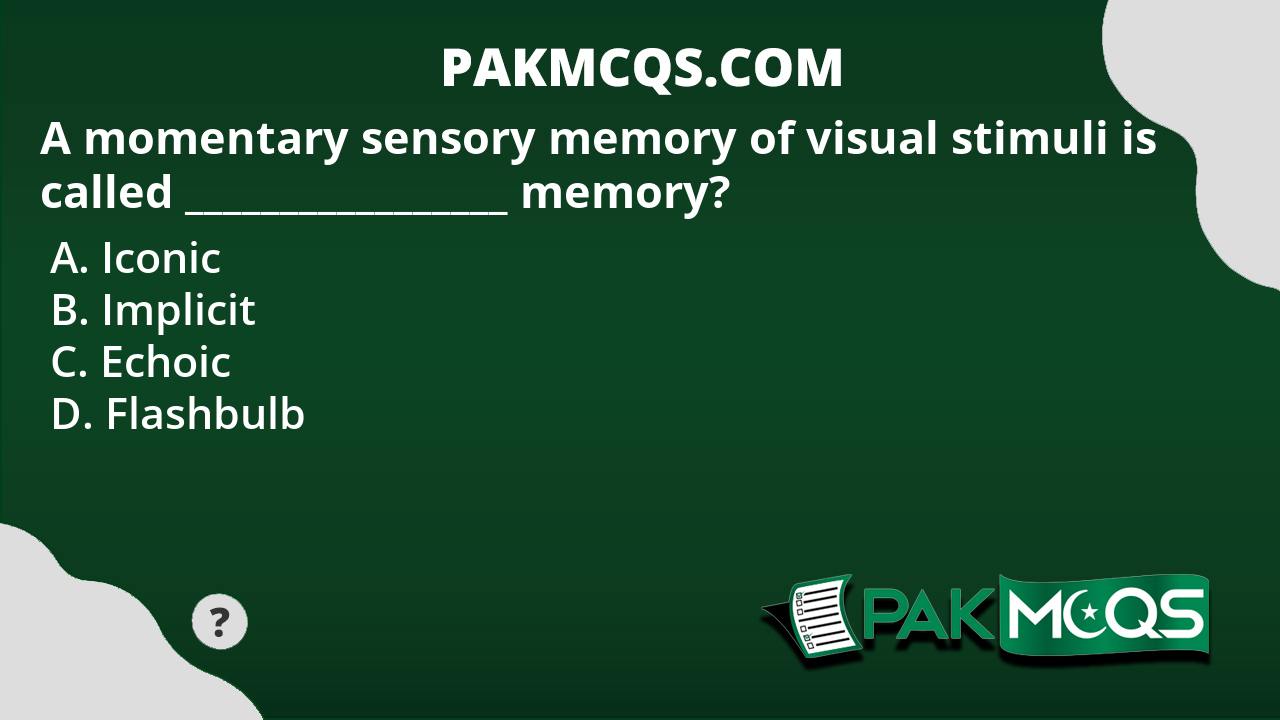
There are three types of this encoding: visual encoding, acoustic encoding, and semantic encoding. Sensory memories become memories in our brain through a process called encoding. (Or until you feel that gum under your chair again.) Unless the brain decides to move that information along to short-term memory storage, however, the information is lost forever. Sensory memory only lasts for about a second. If you lose your sense of smell while experiencing COVID symptoms, you’re likely to get it back. Olfactory neurons are not directly affected, as they are when attacked by other viruses. Researchers are still trying to understand this, but they believe that cells that support olfactory neurons are damaged when COVID enters the body. One of the most bizarre symptoms of the Coronavirus is the temporary loss of taste and smell. This information is converted again and travels through the facial nerve, vagus nerve, and glossopharyngeal nerve. As we chew, our food breaks down and gaseous particles enter our olfactory receptors. Taste and Smell: Did you know we process taste and smell at the same time? Taste begins at the taste buds, which contain receptor cells much like a layer of the retina or layer of the inner ear that picks up sensory information. Touch receptors are found all over the body! This type of receptor cell is also important in collecting information about touch and balance. Touch and Balance: (Yes, balance is a sense!) The ear needs mechanoreceptors to pick up on sensory information. Then, the signals travel through the cochlear nerve and to the auditory canal and cortex. The ears pick up vibrations and convert that information into electrical signals in the Organ of Corti. Of course, the eyes are not involved in hearing. Hearing: This process mirrors the path that visual information takes from the eyes to the visual cortex. Electrical signals are finally processed in many areas of the brain like the thalamus and visual cortex. The optic signal is the connecting piece between the eye and the brain. By the time it reaches the optic nerve, that sensory information has transformed from light to electrical signals. Vision: Sensory information is picked up first through multiple layers of the retina. Fortunately, if you’ve got questions, I’ve got answers. How does data travel from our eyes or ears to our sensory memory? The process is slightly different depending on which sense is collecting information. Where Does Sensory Memory Come From?įrom our senses! Think of sensory memory as pieces of data that explain the world around us. It’s up to the brain to decide which of these memories moves onto working memory and later, long-term memory. While some types of sensory memories stick in our minds for up to four seconds, other disappear within milliseconds. There are many different types of sensory memory. Sensory memory may be accurate, but it is very briefly in our minds before it is stored. Our eyes, nose, and nerves send that information to the brain.īefore memories go into short-term memory storage or long-term memory storage, they sit in sensory memory storage. Examples of Sensory memory include seeing a dog, feeling gum under a chair, or smelling chicken noodle soup. What is Sensory Memory?Īlso known as the sensory register, sensory memory is the storage of information that we receive from our senses. They go through different levels of memory storage to make it to the long-term memory. We take in many, many pieces of information every millisecond.Īs you begin to learn more about how memory works, you know that not all of these pieces of information make it very far into our memories.


We see, feel, and hear a lot of things throughout the day. The things that we saw, felt, or heard were significant and worthy of being remembered. The memories that stay in our long-term memory storage stuck out to us for a reason.


Or a joke that your friend made the other day. Think about the memory of your first prom.


 0 kommentar(er)
0 kommentar(er)
